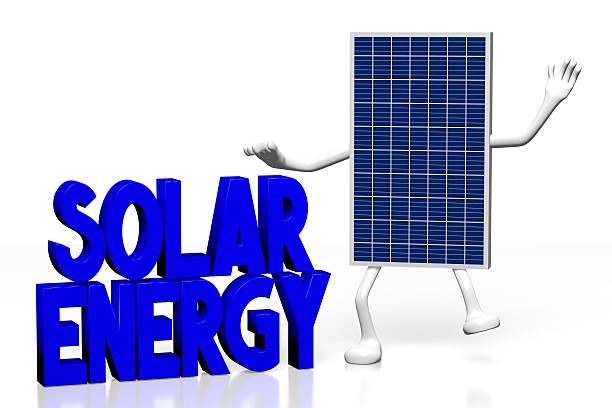
From hydroelectricity to wind energy, People are always searching for new power sources, fuel, and electricity. The reduction of carbon emissions and the use of natural resources is a top priority for modern-day innovators.
The year was 1839 when the solar energy technique was first discovered in 1839 by French scientist Edmond Becquerel. His research led him to discover the photovoltaic effect, which revealed how light particles can generate electricity.
But it wasn’t until 1982 that the world witnessed a considerable manufacturer of solar cells used to harvest solar energy. It is one type of renewable energy that generates electricity for buildings and homes. A lot of American houses and cottages are making the transition to solar power.
Solar power purchases can appear like a big commitment if you do not have the correct information. When speaking with our past customers, we’ve identified the most frequent concerns when considering the possibility of solar energy. These questions will help us to understand the fundamentals of solar energy.
COMMON QUESTIONS ABOUT SOLAR POWER
How does solar power function?
What is the way solar panel function in a solar power system?
Which solar panel will I require?
How long will the solar panels of your home last?
Are solar panels worth it?
HOW DO SOLAR PANELS WORK?
Solar power is created by converting sunlight into electrical energy that powers various devices like gaming consoles, computers, refrigerators, and televisions within a home.
Utilizing the photovoltaic effect, photons, also known as photons, work for solar panels and generate the flow of electricity, getting electrons out of the material atoms.
HOW DO SOLAR PANELS WORK WITHIN A SOLAR POWER SYSTEM?
The solar energy system consists of four primary elements: solar panels, inverters, racking, and batteries (or an additional device to store the energy generated). The solar panels form the most essential part of the system that collects photons and converts them to power utilized at home.
Solar Panels
Solar panels are composed of tempered glass. They have a non-reflective outer layer designed to protect the environment. Its top contains a conductive electrode that serves as anode (negative electrode). The next step is a significant layer of either p-type semiconductors.
Solar panels of the type N: Have more free electrons than the atoms
Solar panels of the P-type: Have fewer free electrons
The depletion area then follows this, and the opposite material is located on the opposite side of this zone.
The bottom of the solar panel’s top layer is opposite the anode (positive electrode). The sun’s light emits charged photons, and this energy is transferred to these photons by the chemical reactions taking place at the sun’s surface!
The energy generated by photons is then transferred to semiconductor materials inside the solar cells resulting in an ongoing stream of electrons. The electron flow is later harnessed by an inverter, generating AC electricity to power your business or home!
Inverters
A solar inverter is a gadget that converts DC energy generated by solar panels into AC power, which is then utilized by businesses and homes. Several meetings connected to the inverter, which converts the sunlight energy into usable energy.
The inverter should be situated in a safe area easily accessible for servicing. This could include places such as outside your home, in garages, or even within your basement.
Energy Storage
A solar battery is a storage device used to store the excess power generated by PV solar systems in the daylight and put it away for use in the evening OR the event of an outage. The majority of battery solutions for residential use today can store about 9.8 kWh. Based on the load that is connected, they can last from a single day up to a couple of days when it’s clear and sunny. Recharging may occur. Additional batteries can be added to extend the battery’s lifespan and allow longer backup times.
Racking & Rails
Solar panels require a solid base to mount. An outdoor roof or a ground secure racking is crucial to ensure your solar panels remain in place in the face of any kind of weather.
Rails are positioned over the mounting feet, providing an enduring and solid foundation on which solar panels can be placed. 8MSolar uses IronRidge XR rails to offer a reliable and stable platform to anchor your system to the roof.
